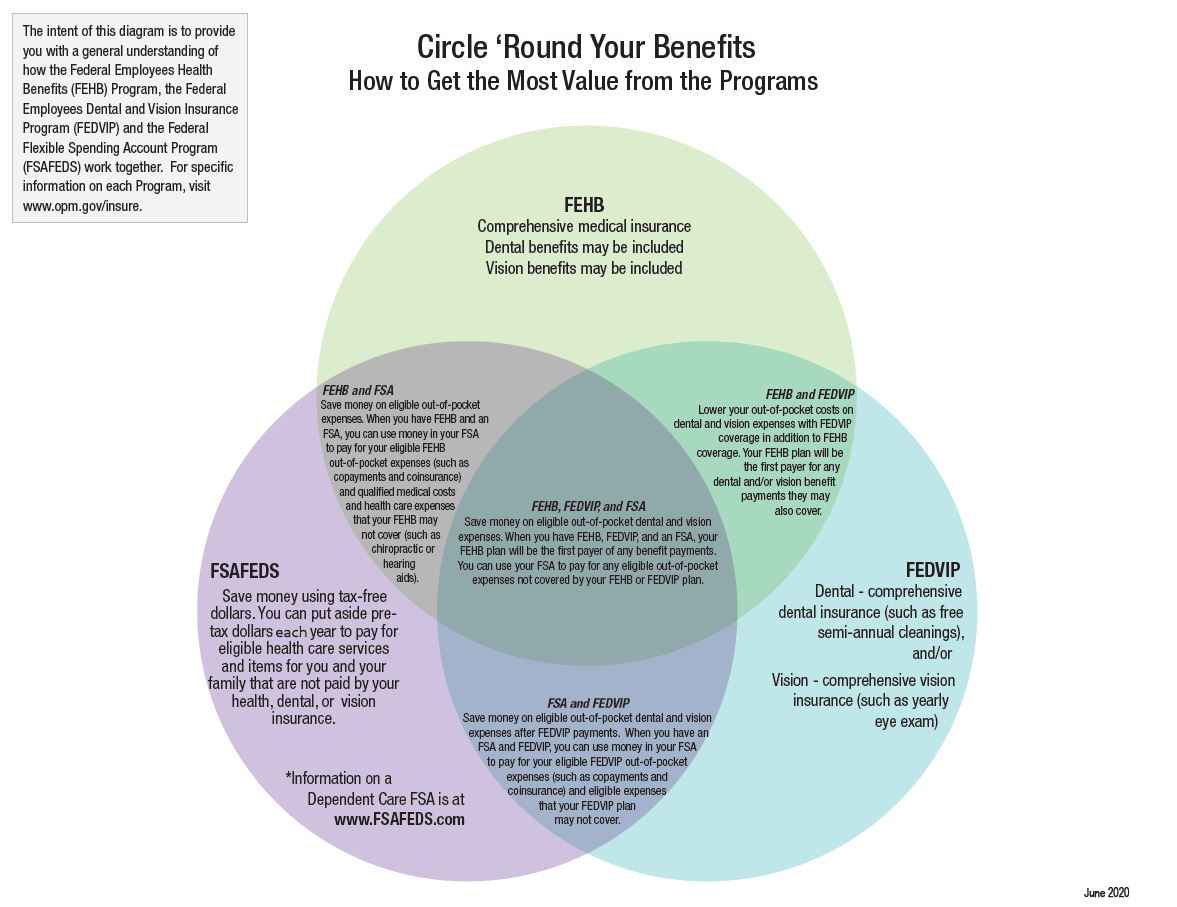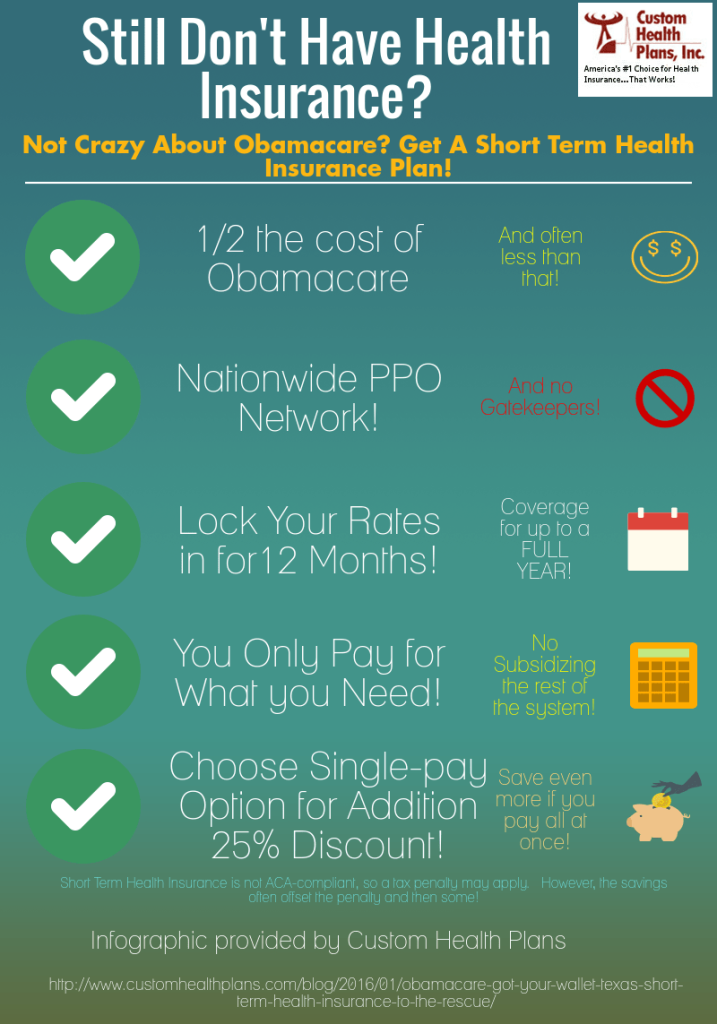What Does Medicare Advantage Agent Mean?
What Does Medicare Advantage Agent Mean?
Blog Article
Medicare Advantage Agent - Truths
Table of ContentsNot known Incorrect Statements About Medicare Advantage Agent An Unbiased View of Medicare Advantage AgentMedicare Advantage Agent Things To Know Before You Buy

complies with from confusing the reasonably young age account of the uninsured with the better wellness, typically, of more youthful persons. This obscures the link between wellness condition and medical insurance. For those without accessibility to workplace health insurance, bad health is a prospective barrier to buying nongroup coverage since such coverage may be very valued, omit pre-existing conditions, or be merely not available. The variety of uninsured Americans is not especially large and has not transformed in the last few years. Seven out of ten respondents in a country wide representative study believed that fewer Americans did not have health insurance coverage than in fact do(Fronstin, 1998). Approximately fifty percent(47 percent )believed that the number of people without medical insurance lowered or remained continuous over the last fifty percent of the last years(Blendon et al., 1999). This drop of nearly 2 million in the variety of individuals 'without insurance (a reduction
of about 4 percent)is absolutely a positive change. With a softer economic climate in 2000 the most up to date reported gains in insurance policy coverage may not proceed(Fronstin, 2001 ). The decline in the number of uninsured will not continue if the economic climate continues to be sluggish and healthcare costs remain to outpace inflation. This is since the information were gathered for a period of strong financial performance. Of the estimated 42 million people who were uninsured, just about concerning 420,000(concerning 1 percent)were under 65 years old, the age at which most Americans become eligible for Medicare; 32 million were adults in between ages 18 and 65, around 19 percent of all adults in this age; and 10 million were children under 18 years of age, about 13.9 percent of all kids (Mills, 2000). These estimates of the number of persons uninsured are created from the yearly March Supplement to the Present Populace Survey (CPS), carried out by the Demographics Bureau. Unless or else noted, national quotes of individuals without health and wellness insurance coverage and percentages of the populace with various type of insurance coverage are based upon the CPS, one of the most commonly made use of resource of quotes of insurance policy coverage and uninsurance prices. These surveys and the quotes they generate are described briefly in Table B. 1 in Appendix B - Medicare Advantage Agent. These surveys vary in dimension and sampling methods, the inquiries that are asked about insurance
More About Medicare Advantage Agent
coverage, and the time duration over which insurance coverage or uninsurance is gauged(Lewis et al., 1998, Fronstin, 2000a ). Still, the CPS is specifically helpful due to the fact that it generates yearly price quotes fairly rapidly, reporting the previous year's insurance coverage approximates each September, and due to the fact that it is the basis for a consistent collection of price quotes for greater than 20 years, permitting for evaluation of fads in protection with time.

The Buzz on Medicare Advantage Agent
Over a three-year period starting early in 1993, 72 million individuals, 29 percent of the U.S. population, were without insurance coverage for a minimum of one month. Within a single year(1994), 53 million individuals experienced a minimum of a month without coverage(Bennefield, 1998a). 6 out of every 10 without insurance adults are themselves utilized. Although working does enhance the likelihood that and one's relative will certainly have insurance, it is not a guarantee. Even participants of family members with two permanent wage income earners have virtually a one-in-ten possibility of being without insurance (9.1 percent uninsured price)(Hoffman and Pohl, 2000 ). The relationship between health insurance coverage and accessibility to care is well developed, as recorded later on in this chapter. Although the connection in between health insurance and wellness end results is neither direct nor basic, an extensive scientific and wellness services research study literary works web links medical insurance protection
to better accessibility to care, better high quality, and boosted individual and populace health standing. As an example, the 2nd report, on personal health outcomes for uninsured adults, is represented by the innermost circle of the figure, while the third report, on family well-being, encompasses the subjects of the 2nd record yet stresses a various device of evaluation, namely, the family. The 6th report in the series will certainly offer info about approaches and campaigns embarked on locally, statewide, or across the country to resolve the absence of insurance and its adverse influences. Degrees of analysis for examining the impacts of uninsurance. This discussion of medical insurance protection focuses primarily on the united state populace under age 65 since virtually all Americans 65 and older have Medicare or various other public protection.
Moreover, it concentrates especially on those with no wellness insurance for any type of length of time. The problems dealt with by the underinsured remain in some aspects comparable to those encountered by the uninsured, although they are normally less serious. Uninsurance and underinsurance, nonetheless, entail clearly various plan issues, and the techniques for addressing like it them might differ. Throughout this study and the five reports to comply with, the primary focus is on persons with no medical insurance and thus no assistance in paying for health treatment past what is offered through charity and safeguard establishments. Wellness insurance is a powerful element affecting invoice of care due to the fact that both patients and medical professionals reply to the out-of-pocket rate of solutions. Health and wellness insurance coverage, nevertheless, is neither required nor sufficient to acquire access to clinical services. Nevertheless, the independent and direct result of health and wellness
insurance coverage on accessibility to health solutions is well established. Others will certainly obtain the healthcare they need also without medical insurance, by paying for it expense or seeking it from companies that use care complimentary or at highly subsidized prices. For still others, health insurance policy alone does not guarantee invoice of care since of other nonfinancial barriers, such as an absence of health treatment providers in their community, minimal accessibility to transportation, illiteracy, or etymological and cultural differences. Formal study concerning uninsured populations in the USA dates to the late 1920s and very early 1930s when the Committee on the Expense of Healthcare produced a series of records concerning funding medical professional office sees and hospitalizations. This problem came to be salient as the numbers of clinically indigent climbed during the Great Anxiety. Empirical research studies constantly sustain the web link between access to care and enhanced wellness outcomes(Bindman et al., 1995; Starfield, 1995 ). Having a normal source of care can be thought about a forecaster of accessibility, instead of a straight step of it, when wellness results are themselves utilized as accessibility indications. This extension of the notion of gain access to dimension was made by the IOM Board on Checking Accessibility to Personal Wellness Treatment Provider(Millman, 1993, p. Whether moms and dads are guaranteed appears to affect whether or not their children receive care in addition to just how much careeven if the children themselves have coverage(Hanson, 1998). go to this web-site The health and wellness of moms and dads can impact their capability to look after their youngsters and the degree of household anxiety. Stressing concerning their kids's access to care is itself a source of tension for moms and dads. Three phases follow in this record. Phase 2 offers a review of just how employment-based medical insurance, public programs and private insurance plan run and communicate to supply considerable however incomplete protection of the U.S. population. This consists of a review of historical trends and public plans affecting both public and private insurance policy, great site a conversation of the interactions among the different kinds of insurance coverage, and an exam of why people relocate from one program to another or wind up

Report this page